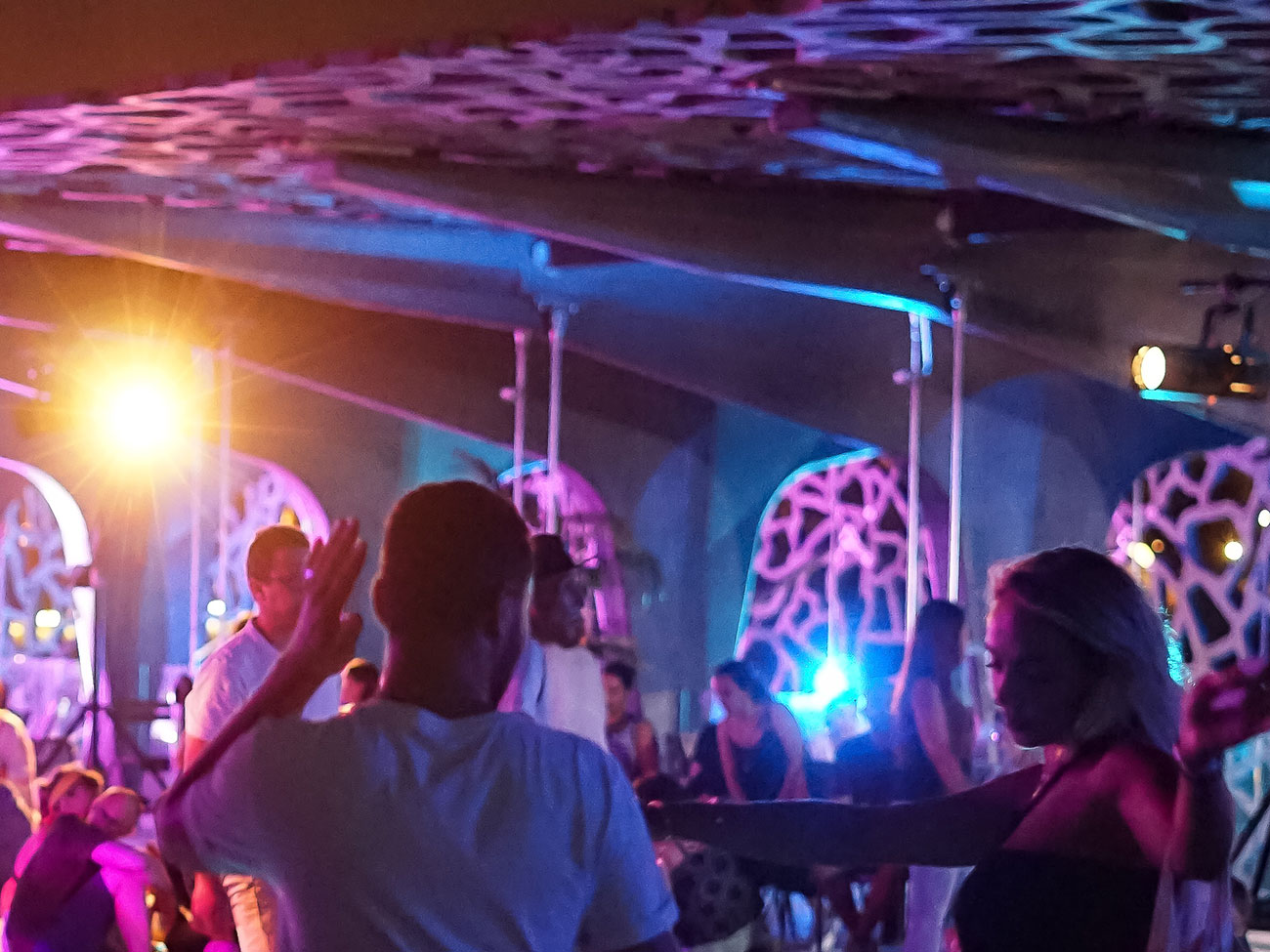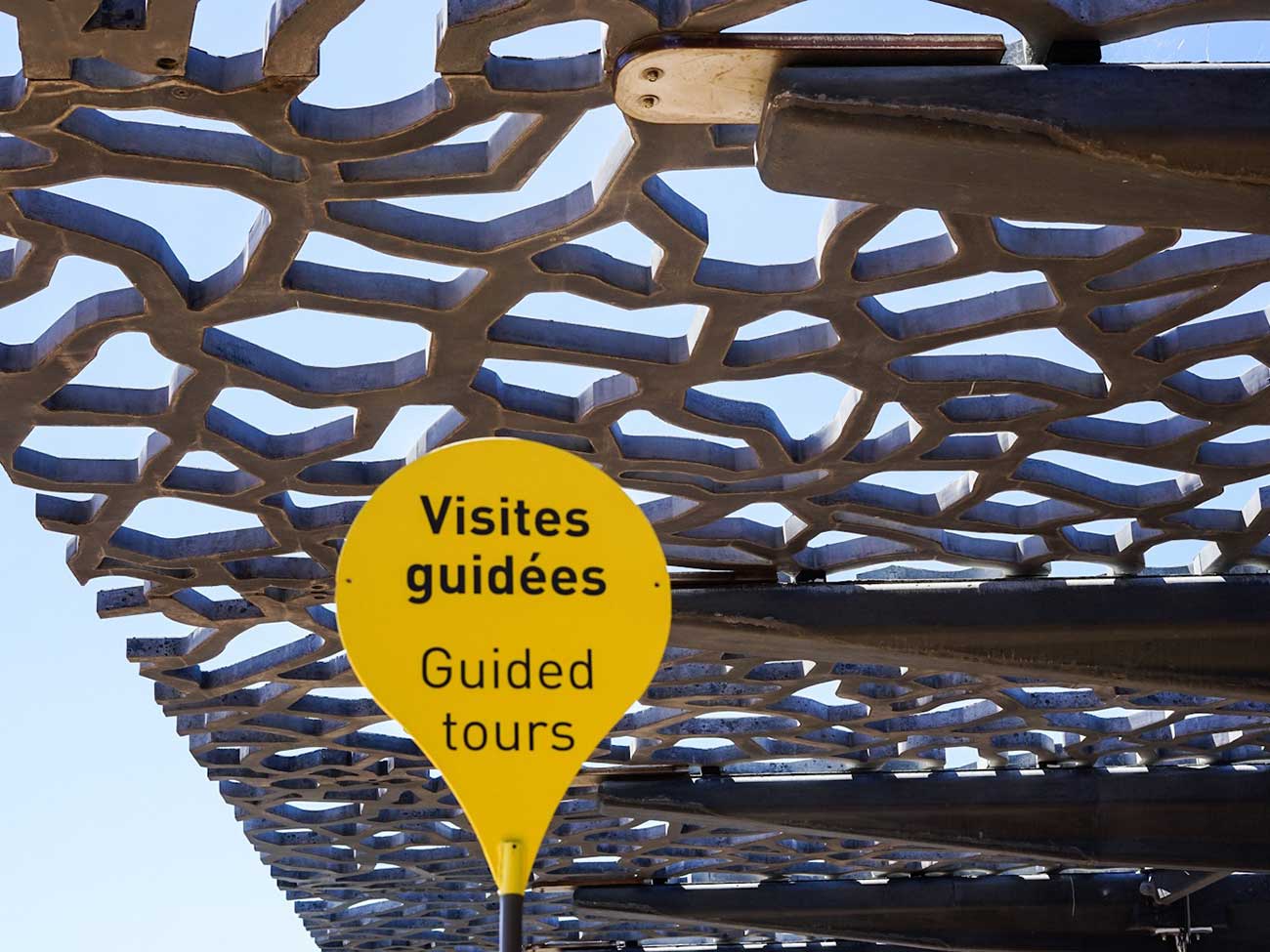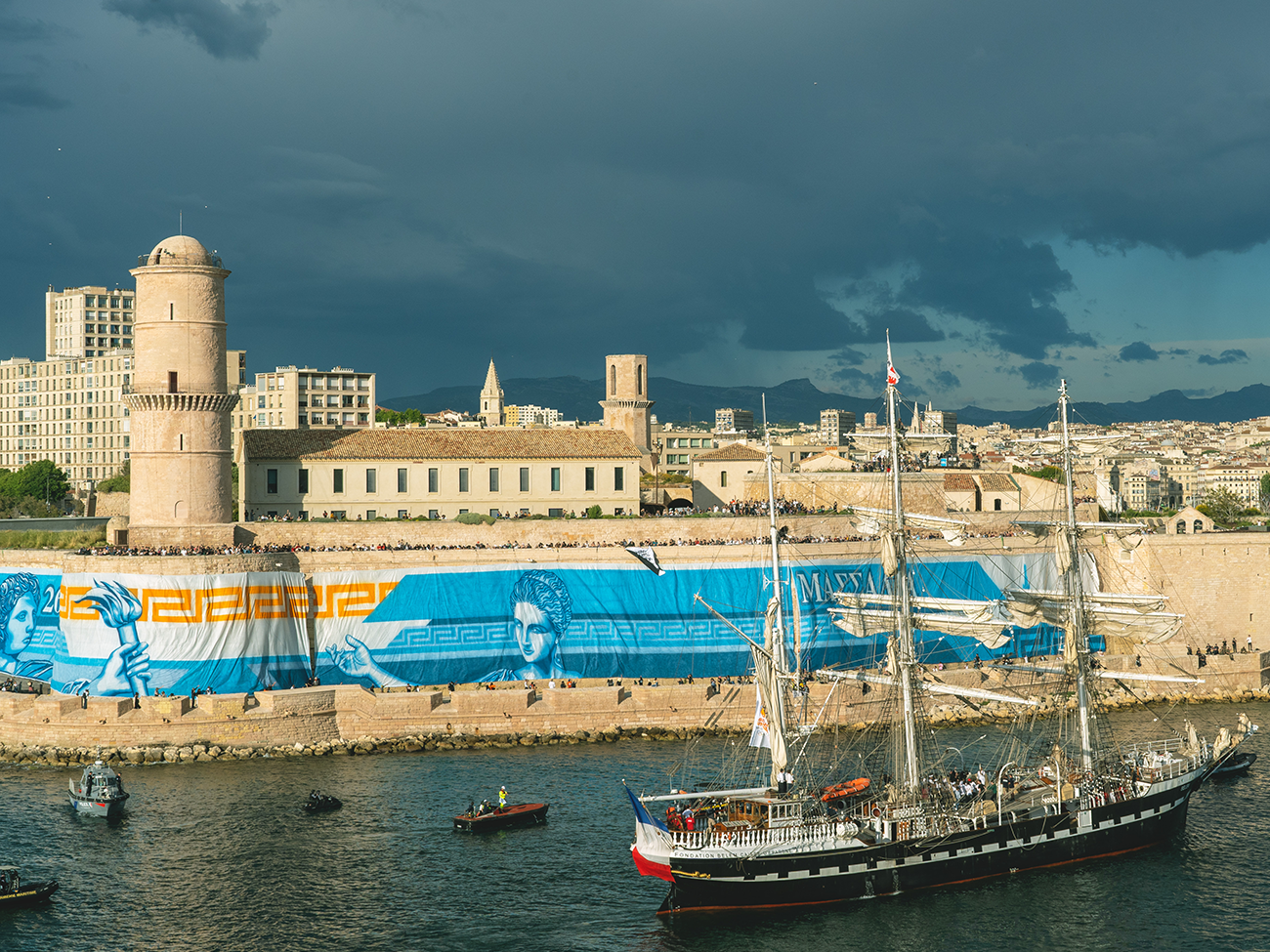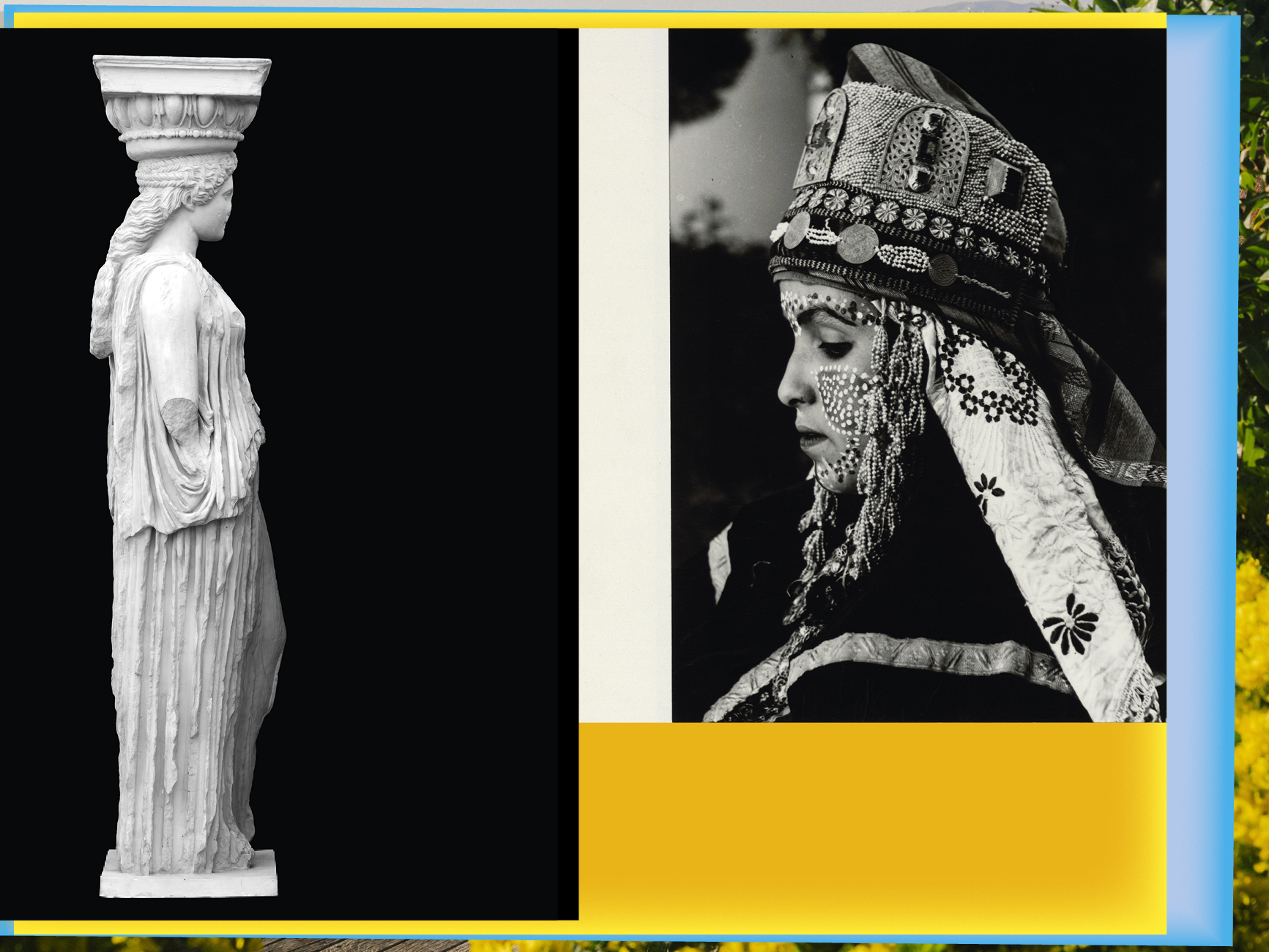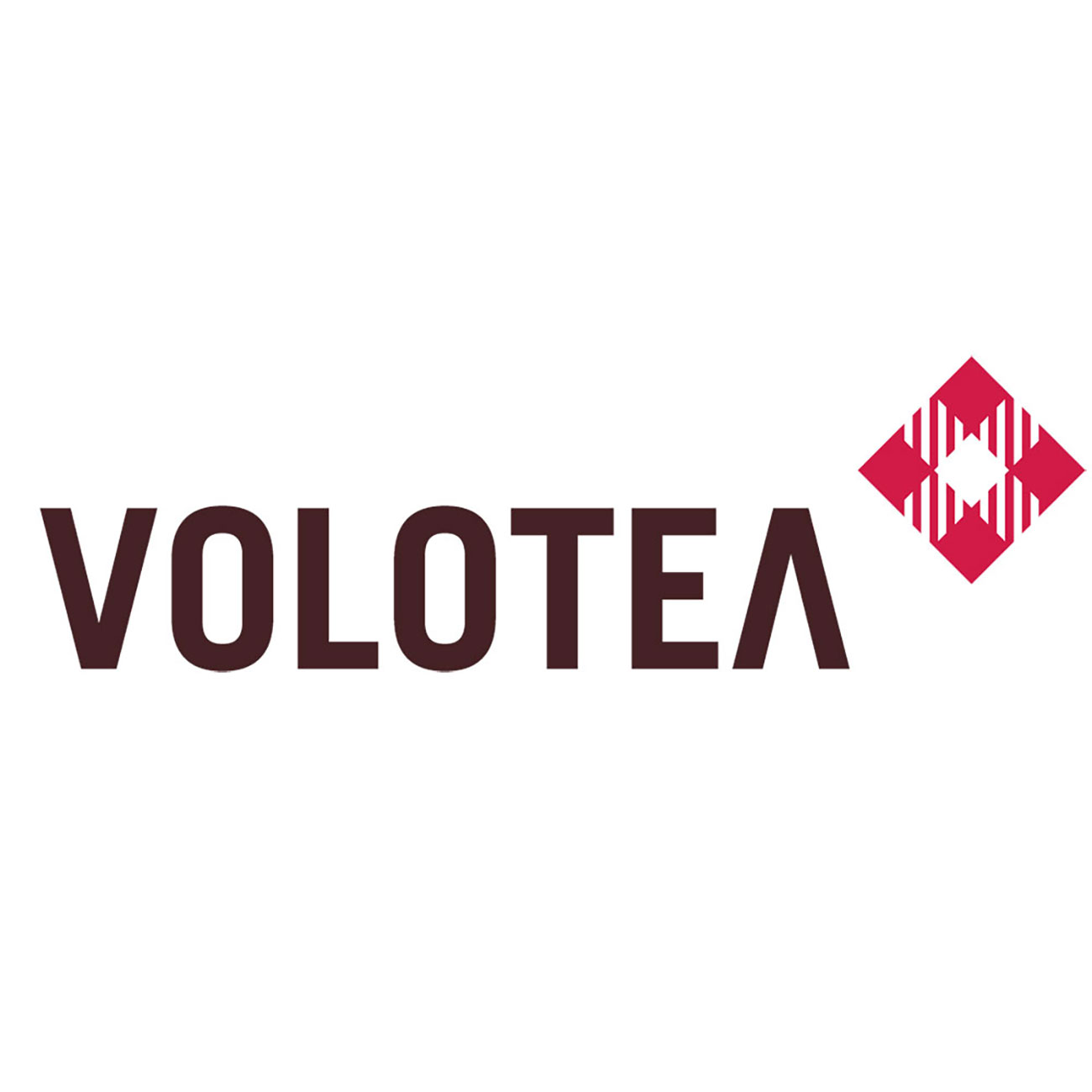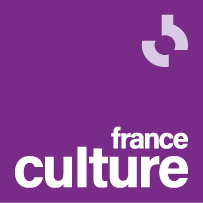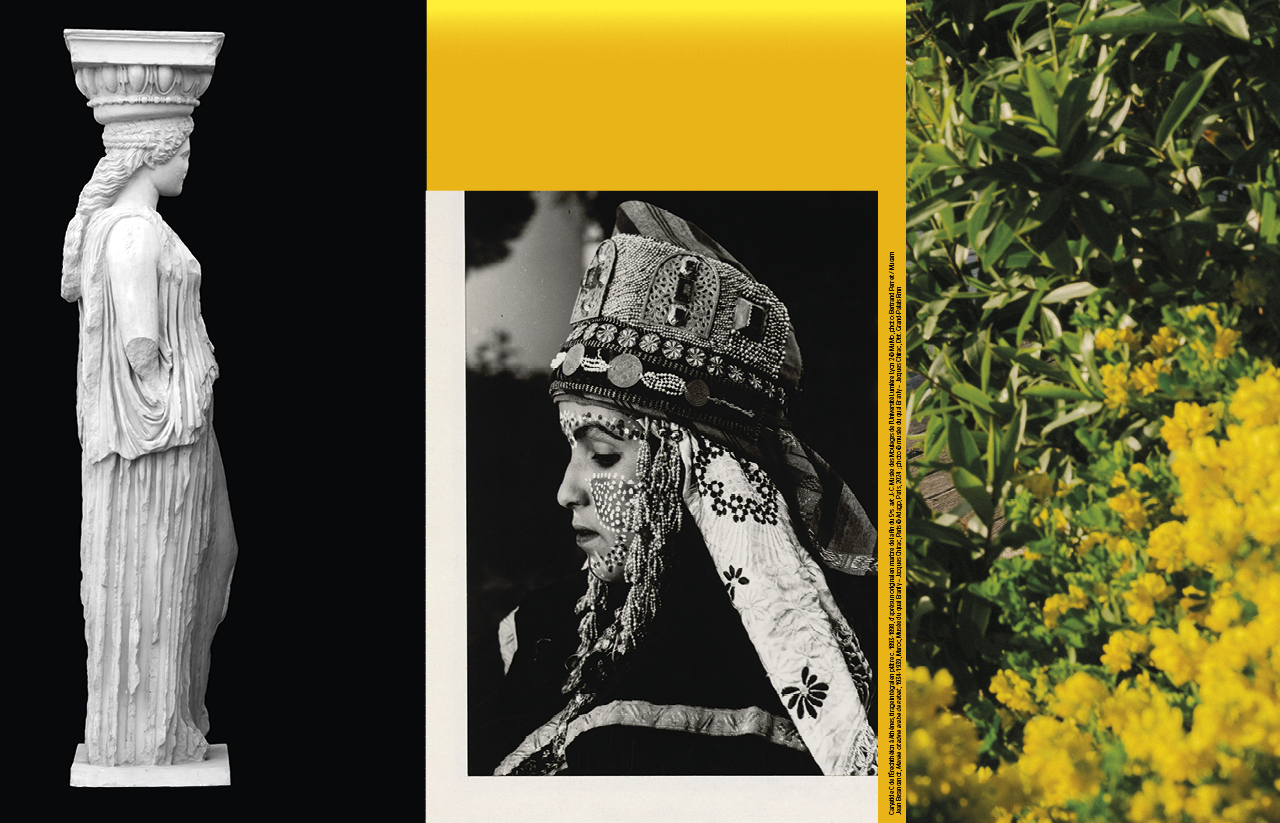
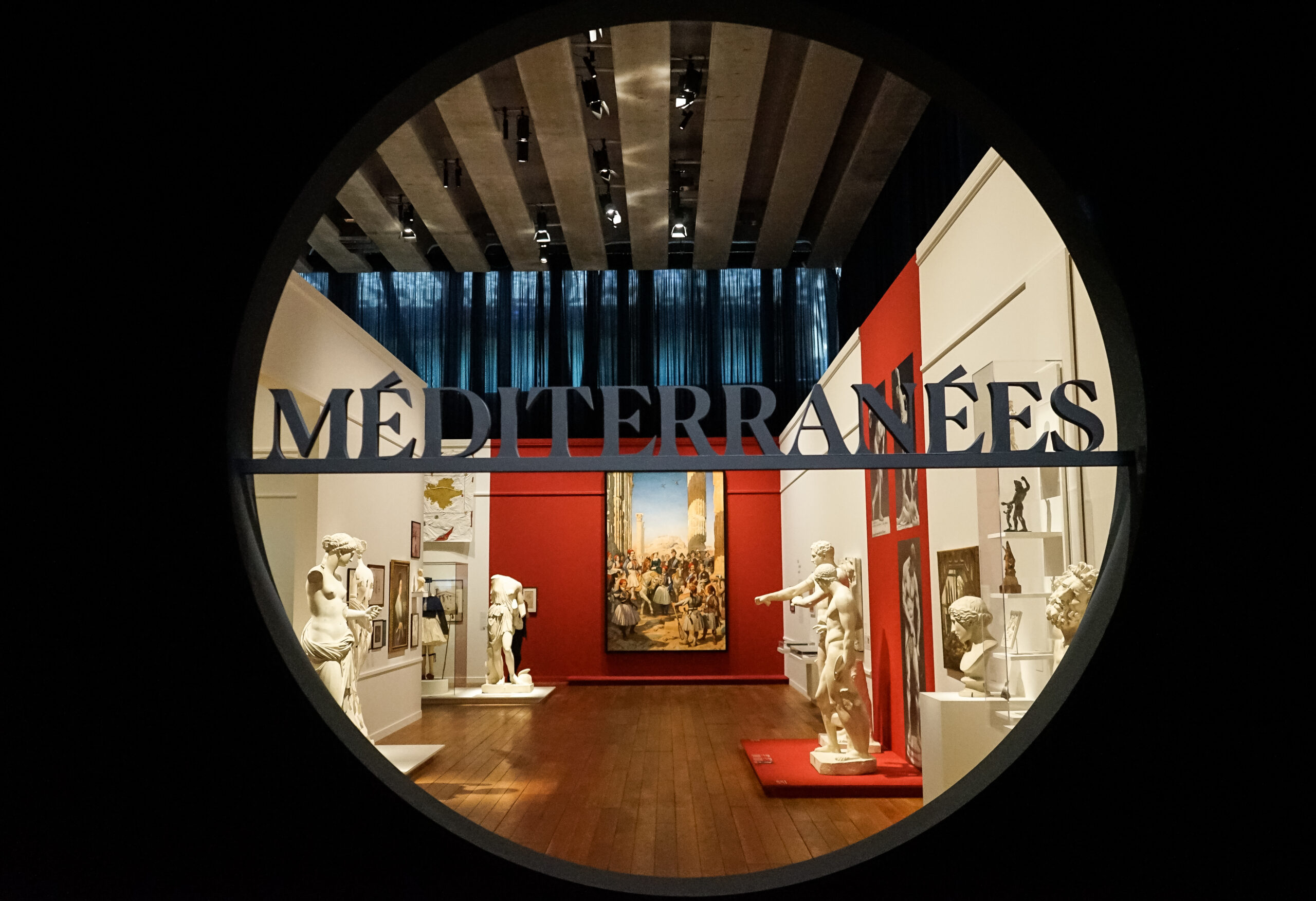
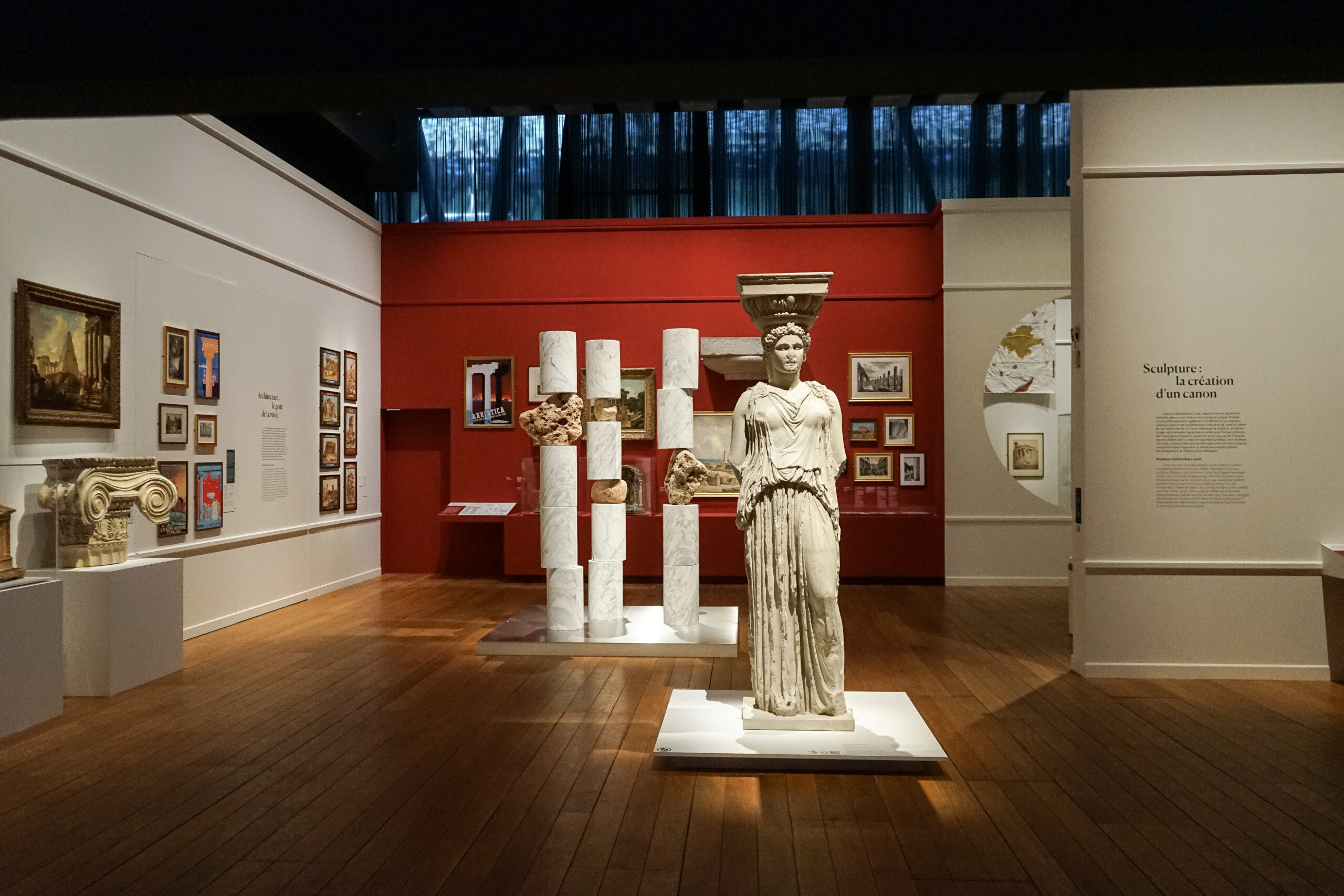
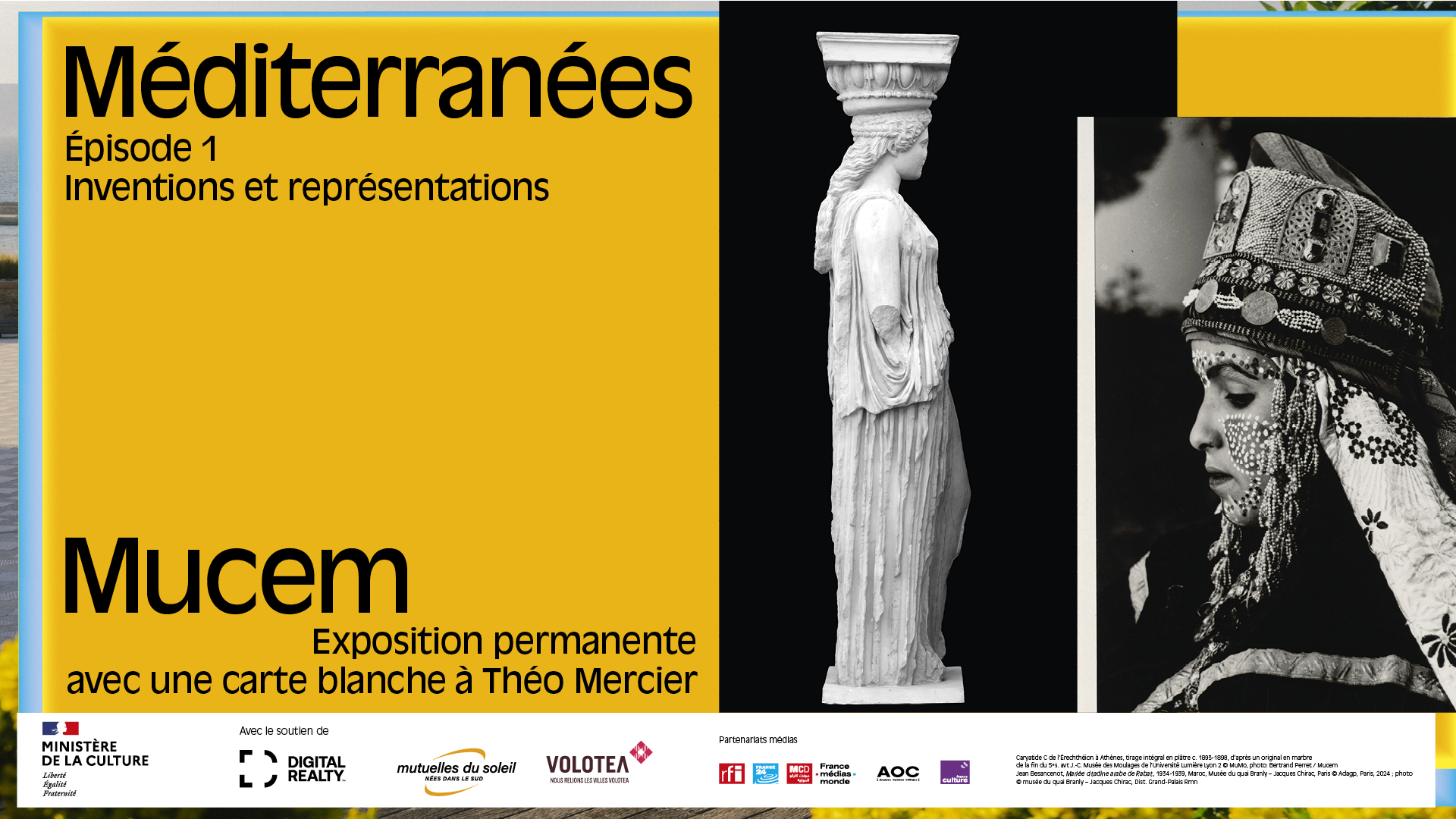
Découvrir l'exposition permanente "Méditerranées"
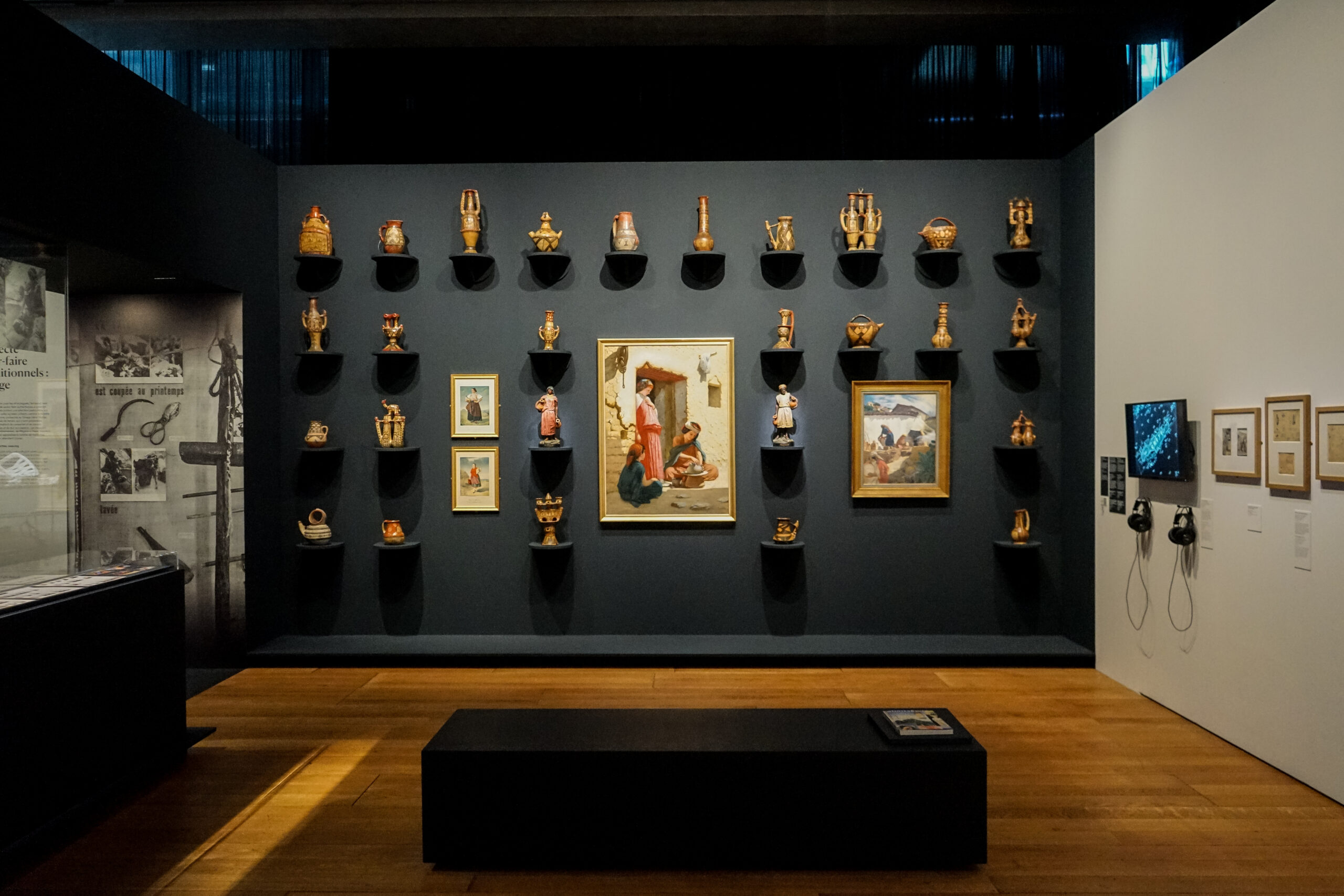
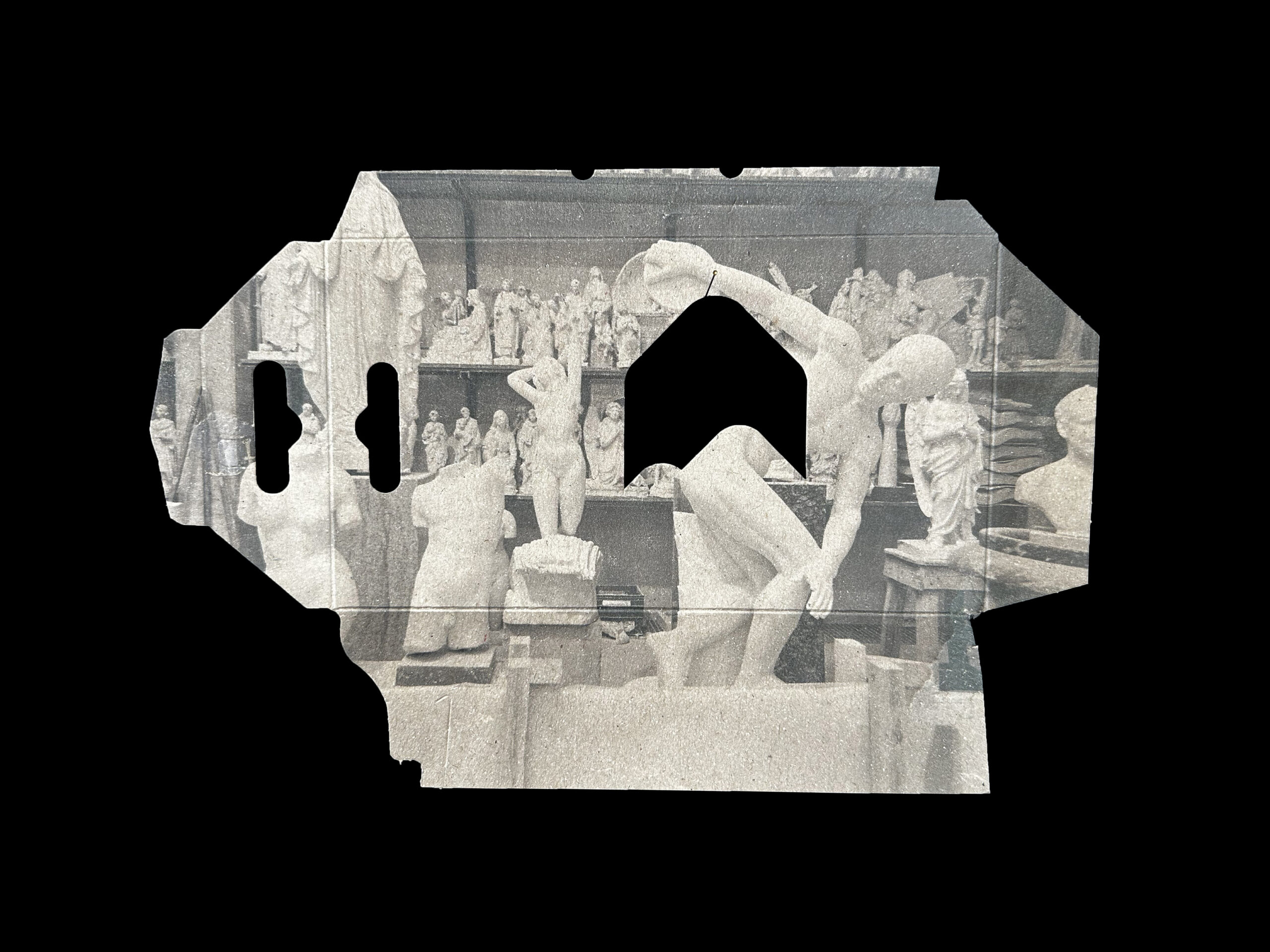
Mucem is the only social museum whose scientific project is fully dedicated to the cultures of the Mediterranean. To mark its 10th anniversary, the museum invites us to discover the wealth of its European and Mediterranean collections through a new permanent exhibition. From Greco-Latin antiquity through the colonial period to the present day, this exhibition plunges us into the history of the plural and fantasized “Mediterranean”.
This permanent exhibition is divided into several episodes, each of which will renew its presentation until 2030: “Méditerranées” will be regularly enriched with new masterpieces from the history of art, new treasures from the collections and new rare pieces, recently acquired or on loan, opening up new paths and new horizons for embracing the Mediterranean. Indeed, the imaginations of the Mediterranean are manifold, and not all of them can be shown in a single exhibition. “Mediterranees” examines the ways in which these imaginations have been formed and disseminated, and in particular the role of museums, by discovering how art history and ethnology have contributed to creating “images” of the Mediterranean, all relative and all constructed.
In fine art museums, it’s the civilizations of the past, particularly those of antiquity, that are the first to be showcased, building a Mediterranean of dreams nourished by Homer’s Odyssey, Greek temples and tales of Rome and Palmyra.
Museums of ethnography, which appeared during the colonial period, took an interest in societies that were geographically or culturally “distant”. The sincerity of scientific and human interest in the Other rubs shoulders with the interests and enterprises of the colonial powers.
The distinction between museums of fine art and museums of ethnography has created boundaries between the objects they preserve and the disciplines that study them. Today, Mucem wishes to transcend these boundaries and highlight the parallels and mutual influences that exist between these two types of museum. In line with this idea, “Méditerranées” blends different historical museographic models, from the dense display of fine art museums of the late 18th and 19th centuries, to the different forms of presentation used throughout history by museums of ethnography.
Around the exhibition
Interview with Raphaël Bories, Marie-Charlotte Calafat, Camille Faucourt, Enguerrand Lascols and Hélia Paukner, exhibition curators
The exhibition features over 300 objects and documents, half of which are from the Mucem collections. Throughout the exhibition, contemporary artworks evoke today’s challenges in the Mediterranean. They were created by artists Francis Alÿs, Ziad Antar, Hélène Bellenger, Nidhal Chamekh, Joseph Eid (AFP), Nina Fischer & Maroan el Sani, Mouna Karray, Fatima Mazmouz, Selma and Sofiane Ouissi, Maria Varela, as well as Théo Mercier, who was invited to “infiltrate” the exhibition route with the kind participation of the Département des recherches archéologiques subaquatiques et sous-marines (DRASSM).
Editions
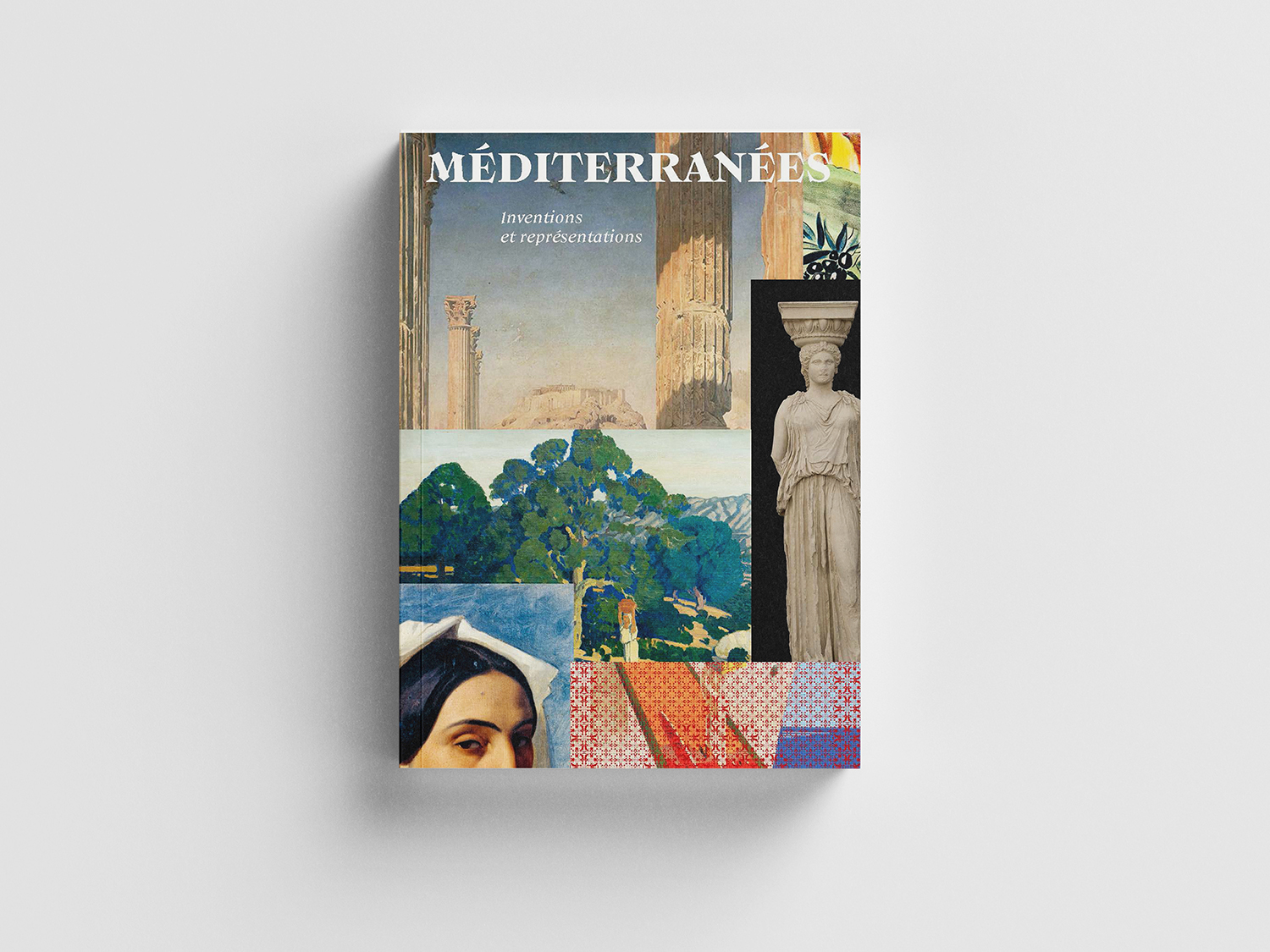
Divided into two parts like the exhibition, the catalog takes stock of the history of collections of Mediterranean antiques and ethnography in museums, with contributions from specialized art historians exploring certain exemplary cases in greater depth. In this way, we gain a better understanding of the dissemination – and political appropriation – of antique models, and follow in the footsteps of ethnographers in the field… Exclusive interviews have also been conducted with the contemporary artists involved in this project.
The deposits come from some twenty institutions: musée du Quai Branly – Jacques Chirac, musée d’Orsay, musée du Louvre, Bibliothèque nationale de France, Médiathèque du patrimoine, École des beaux-arts de Paris, musée du château de Versailles, conseil général de Seine-Saint-Denis, musée d’Archéologie nationale, musée des Beaux-Arts de Marseille, museon Arlaten, musée des Beaux-Arts de Bordeaux, musée des Beaux-Arts de Valenciennes, musée des Beaux-Arts d’Angers, musée des Beaux-Arts de Laval, musée Denys-Puech de Rodez, musée d’Art et d’Histoire de L’Isle-Adam, musée des moulages de l’université Lumière Lyon 2, Lugdunum Musée et théâtres romains, Ateliers d’art, moulages et chalcographie de la Réunion des musées nationaux – Grand Palais, musée Bénaki d’Athènes, musée de la Photographie de Thessalonique, musée de l’histoire du costume grec à Athènes, la galerie mor charpentier.
General Commissioner :
Marie-Charlotte Calafat, Chief Curator of Heritage and Scientific and Collections Director, Mucem
Commissioners :
Justine Bohbote, Raphaël Bories, Camille Faucourt, Enguerrand Lascols, Hélia Paukner, curators at Mucem
Set designer :
Pascal Rodriguez
Graphic designer :
Nicolas Journé, CL Design
Mucem is the only social museum whose scientific project is fully dedicated to the cultures of the Mediterranean. To mark its 10th anniversary, the museum invites us to discover the wealth of its European and Mediterranean collections through a new permanent exhibition. From Greco-Latin antiquity through the colonial period to the present day, this exhibition plunges us into the history of the plural and fantasized “Mediterranean”.

This permanent exhibition is divided into several episodes, each of which will renew its presentation until 2030: “Méditerranées” will be regularly enriched with new masterpieces from the history of art, new treasures from the collections and new rare pieces, recently acquired or on loan, opening up new paths and new horizons for embracing the Mediterranean. Indeed, the imaginations of the Mediterranean are manifold, and not all of them can be shown in a single exhibition. “Mediterranees” examines the ways in which these imaginations have been formed and disseminated, and in particular the role of museums, by discovering how art history and ethnology have contributed to creating “images” of the Mediterranean, all relative and all constructed.
In fine art museums, it’s the civilizations of the past, particularly those of antiquity, that are the first to be showcased, building a Mediterranean of dreams nourished by Homer’s Odyssey, Greek temples and tales of Rome and Palmyra.
Museums of ethnography, which appeared during the colonial period, took an interest in societies that were geographically or culturally “distant”. The sincerity of scientific and human interest in the Other rubs shoulders with the interests and enterprises of the colonial powers.
The distinction between museums of fine art and museums of ethnography has created boundaries between the objects they preserve and the disciplines that study them. Today, Mucem wishes to transcend these boundaries and highlight the parallels and mutual influences that exist between these two types of museum. In line with this idea, “Méditerranées” blends different historical museographic models, from the dense display of fine art museums of the late 18th and 19th centuries, to the different forms of presentation used throughout history by museums of ethnography.

Around the exhibition
Interview with Raphaël Bories, Marie-Charlotte Calafat, Camille Faucourt, Enguerrand Lascols and Hélia Paukner, exhibition curators

Découvrir l'exposition permanente "Méditerranées"
The exhibition features over 300 objects and documents, half of which are from the Mucem collections. Throughout the exhibition, contemporary artworks evoke today’s challenges in the Mediterranean. They were created by artists Francis Alÿs, Ziad Antar, Hélène Bellenger, Nidhal Chamekh, Joseph Eid (AFP), Nina Fischer & Maroan el Sani, Mouna Karray, Fatima Mazmouz, Selma and Sofiane Ouissi, Maria Varela, as well as Théo Mercier, who was invited to “infiltrate” the exhibition route with the kind participation of the Département des recherches archéologiques subaquatiques et sous-marines (DRASSM).

Editions

Divided into two parts like the exhibition, the catalog takes stock of the history of collections of Mediterranean antiques and ethnography in museums, with contributions from specialized art historians exploring certain exemplary cases in greater depth. In this way, we gain a better understanding of the dissemination – and political appropriation – of antique models, and follow in the footsteps of ethnographers in the field… Exclusive interviews have also been conducted with the contemporary artists involved in this project.

The deposits come from some twenty institutions: musée du Quai Branly – Jacques Chirac, musée d’Orsay, musée du Louvre, Bibliothèque nationale de France, Médiathèque du patrimoine, École des beaux-arts de Paris, musée du château de Versailles, conseil général de Seine-Saint-Denis, musée d’Archéologie nationale, musée des Beaux-Arts de Marseille, museon Arlaten, musée des Beaux-Arts de Bordeaux, musée des Beaux-Arts de Valenciennes, musée des Beaux-Arts d’Angers, musée des Beaux-Arts de Laval, musée Denys-Puech de Rodez, musée d’Art et d’Histoire de L’Isle-Adam, musée des moulages de l’université Lumière Lyon 2, Lugdunum Musée et théâtres romains, Ateliers d’art, moulages et chalcographie de la Réunion des musées nationaux – Grand Palais, musée Bénaki d’Athènes, musée de la Photographie de Thessalonique, musée de l’histoire du costume grec à Athènes, la galerie mor charpentier.
General Commissioner :
Marie-Charlotte Calafat, Chief Curator of Heritage and Scientific and Collections Director, Mucem
Commissioners :
Justine Bohbote, Raphaël Bories, Camille Faucourt, Enguerrand Lascols, Hélia Paukner, curators at Mucem
Set designer :
Pascal Rodriguez
Graphic designer :
Nicolas Journé, CL Design
